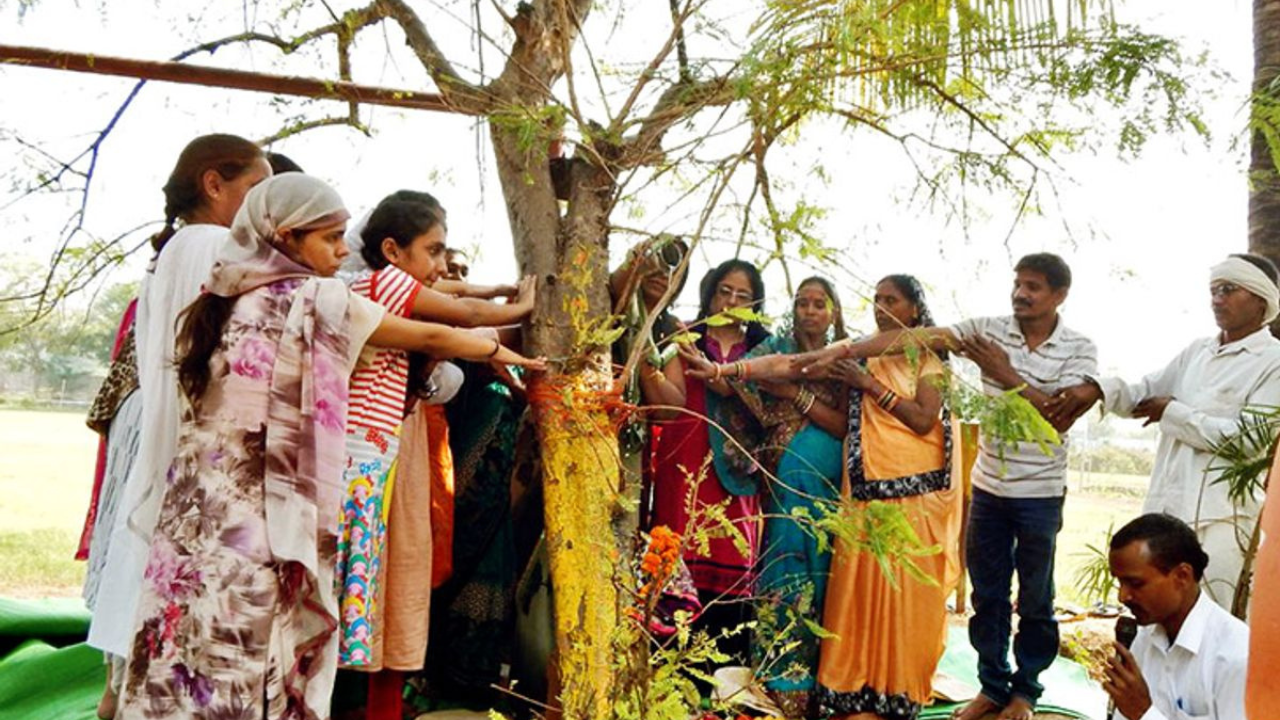New Delhi: As the soft sunlight of Kartik brightens temple courtyards, devotees gather beneath the shade of a simple amla tree, washing its roots with milk, tying sacred threads, and praying for akshaya (everlasting) merit. The festival is called Amla Navami, a ritual that transforms one of India’s humblest trees into a living symbol of eternity.
A sacred day for everlasting merit
According to Hindu scriptures, Amla Navami, also known as Akshaya Navami, is the day when Lord Vishnu and Goddess Lakshmi are believed to reside within the amla tree. Worshipping it, therefore, is equivalent to performing rituals for both deities.
In 2025, the Navami tithi begins on the evening of October 30 and continues until October 31 morning, making Friday the most auspicious day for the observance.
The word Akshaya means imperishable, and the festival’s essence lies in the belief that any act of worship, charity, or service performed on this day brings unending merit — not just for the devotee, but for generations to come.
The ritual: devotion rooted in the soil
The day begins with devotees bathing at sunrise and visiting a sacred amla tree. The ritual typically includes offering milk, water, rice, and flowers to the tree’s roots. A sacred thread is tied around the trunk, a ghee lamp is lit, and hymns dedicated to Lord Vishnu are recited.
Why did Radha Rani disguise herself as a cowherd boy on Gopashtami?
The most distinctive part is the 108 circumambulations around the tree, symbolizing a complete cycle of devotion and surrender. Afterward, many prepare or eat meals under the tree’s shade, as it is believed that dining near the amla tree on this day pleases the deities themselves.
Charitable acts such as donations of food, clothing, and cow protection, form another important part of the observance. As the scriptures say, “Whatever is given on Amla Navami becomes eternal.”
The science within the faith
While rooted in mythology, Amla Navami carries subtle ecological wisdom. The amla fruit (Indian gooseberry) is one of nature’s richest sources of Vitamin C and antioxidants, and the tree is known for purifying air and soil.
By centering worship around this tree, ancient traditions perhaps encouraged ecological mindfulness, a reverence for nature that today aligns with modern environmental ethics. In many regions, devotees now mark the day by planting new amla saplings, blending sustainability with spirituality.
From ancient faith to modern relevance
In urban temples and rural groves alike, Amla Navami continues to unite people around gratitude, for nature, nourishment, and continuity. The amla tree becomes more than a symbol of divinity; it becomes a living reminder that the sacred and the sustainable can coexist.
As the fragrance of incense mingles with the scent of earth, one question lingers. can worshipping a tree really make blessings last forever? For millions of believers, it already has.

